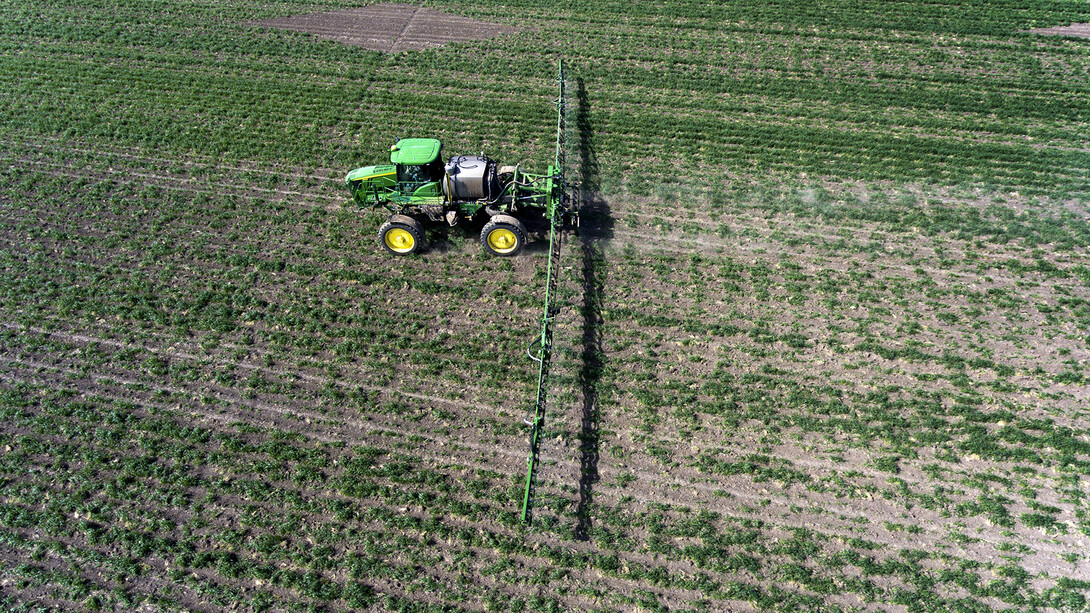
As state and federal leaders look toward ways to mitigate rising global temperatures, much discussion has focused on carbon.
Researchers are studying the extent to which regenerative agricultural techniques, such as planting cover crops and adopting no-till management, can help trap carbon in the soil and keep it from escaping into the atmosphere.
In the past few years, carbon markets have emerged, allowing farmers and ranchers that implement regenerative management practices to profit. But there is still much to learn about carbon in agricultural systems, practices intended to sequester it and the emerging carbon market industry. To demystify carbon and the buzz around it, the University of Nebraska–Lincoln’s Institute of Agriculture and Natural Resources will host a Carbon Summit on Nov. 29.
The summit, 9 a.m. to 3:30 p.m. in the Nebraska East Union, 1705 Arbor Drive, is intended for anyone who wants to learn more about carbon and agriculture. The event builds on last year’s Soil Health Summit, which blended presentations on the elements and function of healthy soils from leading soil scientists and producers with participant discussion about conservation strategies and producer best practices.
The Carbon Summit will follow a similar format, said Ron Yoder, senior associate vice chancellor for IANR.
“Carbon is a big issue right now, but there is still much we do not know,” Yoder said. “The event is intended to be an overview that gives those who choose to attend the tools they need to make their own decisions about carbon management, carbon markets and other issues around carbon.”
The event will begin with a panel discussion about carbon and its role in agricultural systems, including cropland, grazing lands and livestock systems. Discussions on measuring carbon, carbon sequestration and carbon markets will follow. A keynote address will explore the role of agriculture in the larger carbon cycle. Throughout the event, participants will have the opportunity to take part in conversations on these and other issues.
The event is free and open to the public, though registration is required. For more information, including a complete schedule and registration link, click here.







